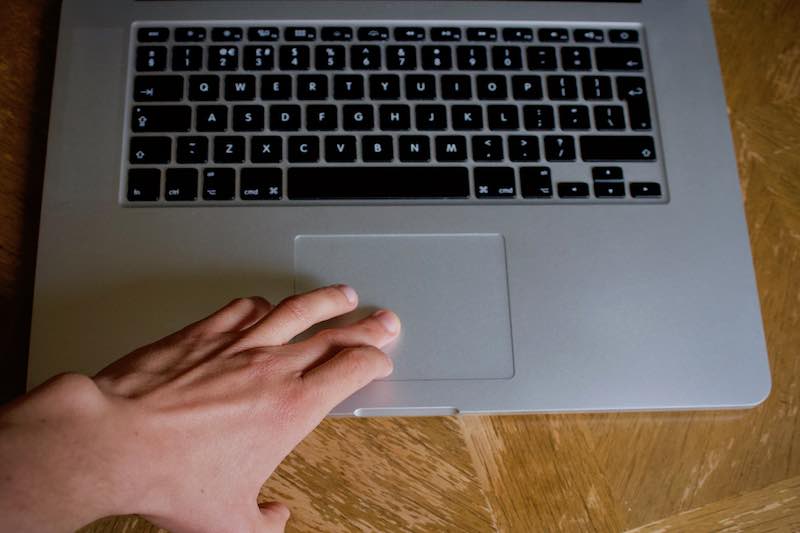

Ditto with things like Weather, Notes, Safari, Calendar, and Mail (Mail, especially).

If you’re using a separate reminders app that’s 15MB and stores a lot of data, try switching back to the stock Reminders app on your iPad.

This way, you’re saving storage space and using the resources as envisioned by Apple’s iOS engineers themselves. Speaking of apps, try to rely on stock apps that come bundled with iOS when possible. You can find alternatives that are minimal in style.You can either refrain from updating an app if you think it’s already occupying a significant amount of space.The iPad 2 is built to run large apps, but over time, this doesn’t go down well with subsequent updates increasing the base size of the app.
#HOW DO I CLEAN MY MAC AIR CRACKED#
Unlike Android-where you can install older versions of apps from an APK file-you cannot re-install an older version of an app using an IPA file on the iPhone unless you’re a geek deep into jailbreaking and cracked app installation. Yes, that’s a slow and tedious process in several cases. Unfortunately, this doesn’t mix well with large apps running on older iOS devices like the iPad 2.Īs a solution to the problem: look for a suitable alternative that’s lesser in size. That’s usually the case because new features or bug fixes are added in. New, updated apps are larger in size than their older ones. The upside is a cleaner, faster iPad overall.

#HOW DO I CLEAN MY MAC AIR UPDATE#
Now, you’ll need to manually open apps that normally use Background App Refresh to update their data this usually just means an extra second or so of loading once you’re in the app. You can see individual app usage by heading over to Settings → General → iPad Storage. Remove data that you don’t want from all of the apps that store data on your iPad. Sometimes, you think you’ll need a particular app, but it ends up collecting dust for years the key is to be very strict in what you want to keep. Of course, you want to keep some data (like personal files and photos) so it’s best to curate your iPad’s storage space-erase data that isn’t required. Apps like Camera, Photos, Safari, and Mail are going to be the top priority. Most apps store data on the iPad locally so there’s a lot of usage. Large sums of data accumulate over time, and even if you backup/sync, it’s liable to pile up and bog down your device. One of the very first things to try is clearing out all the bloatware and extra apps you don’t use. Clearing out data (How to reformat an iPad) The physical part: Cleaning, dry-recharge cycleġ.Clearing out data (How to reformat an iPad).Ready to get started? Here are a few ways to speed up your old iPad. The most immediate benefits I’ve experienced are an enhanced battery performance, a faster, more responsive iPad, and a better user experience overall. How do you whip your iPad back into shape?Ĭleaning up your iPad can do wonders to speed it up. You have an old iPad, and over the years it’s started to slow down, the touch has lost its sensitivity, the apps often load pathetically slowly or get stuck altogether, and a bucket-load of other problems crop up. This post stems from a question by Mike, a reader.


 0 kommentar(er)
0 kommentar(er)
